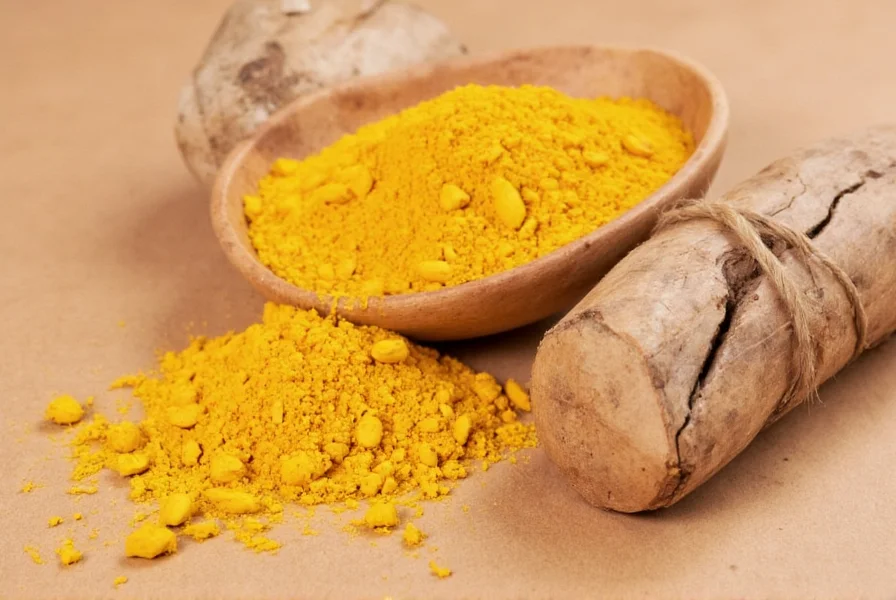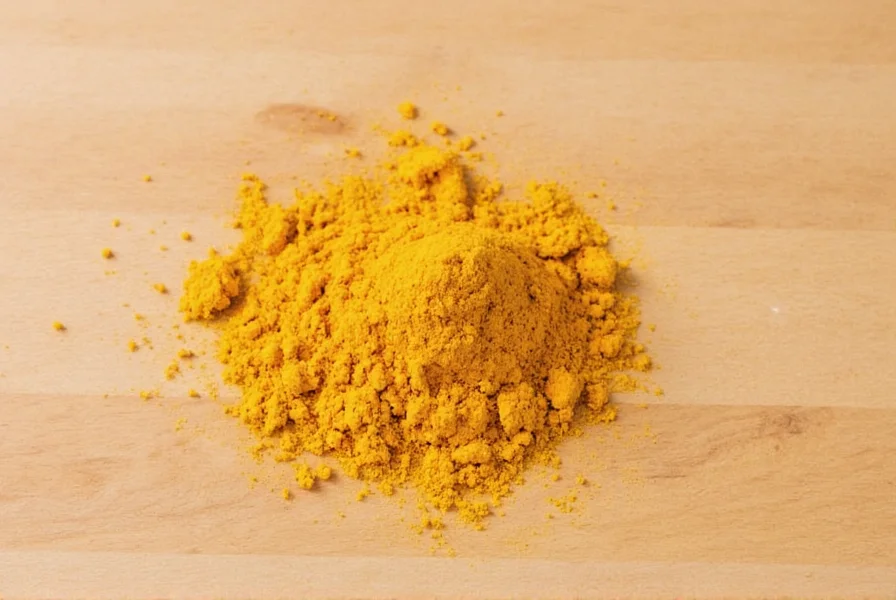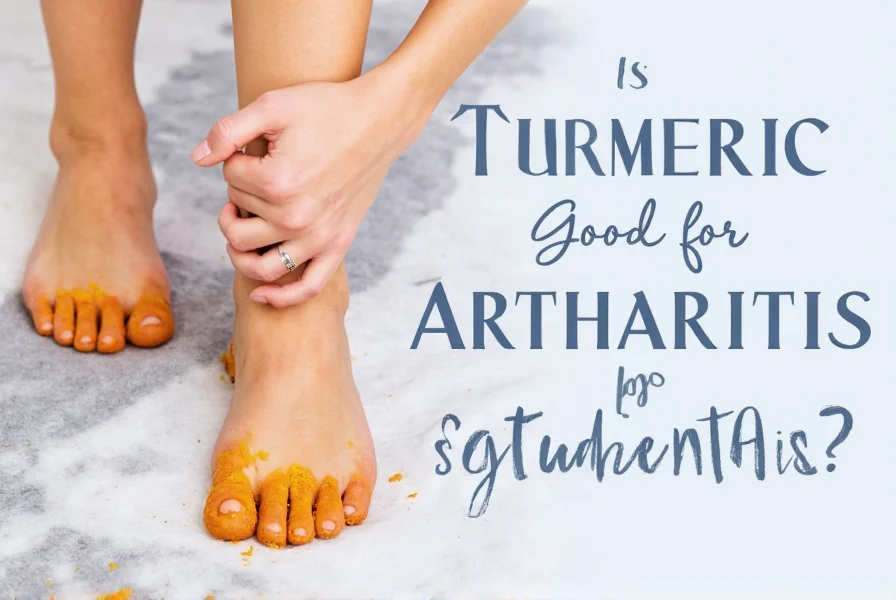For millions suffering from arthritis, finding natural relief options is a constant pursuit. Turmeric, the vibrant yellow spice central to curry, has gained significant attention for its potential joint health benefits. This comprehensive analysis examines what current scientific research reveals about turmeric's effectiveness for arthritis management, separating evidence-based findings from popular claims.
The Science Behind Turmeric and Arthritis
Turmeric's therapeutic potential primarily comes from curcumin, its most active polyphenol compound. Curcumin demonstrates potent anti-inflammatory and antioxidant properties that may benefit arthritis sufferers. Unlike conventional NSAIDs that target single inflammatory pathways, curcumin appears to modulate multiple molecular targets involved in inflammation.
Research shows curcumin inhibits key inflammatory enzymes like COX-2 and 5-LOX, while also reducing levels of inflammatory cytokines including TNF-α, IL-1, and IL-6. These same inflammatory markers are elevated in arthritic joints, suggesting a plausible biological mechanism for symptom relief.

Clinical Evidence: What Studies Reveal
Multiple clinical trials have investigated turmeric's effects on different forms of arthritis. The evidence varies in strength depending on arthritis type and study methodology.
| Study | Participants | Results | Duration |
|---|---|---|---|
| Osteoarthritis Trial (2021) | 150 patients | 58% reduction in pain scores vs 40% in placebo | 12 weeks |
| Rheumatoid Arthritis Study (2019) | 98 patients | Significant improvement in DAS-28 scores | 8 weeks |
| Meta-Analysis (2022) | 1,200+ participants | Moderate evidence for pain reduction in OA | N/A |
How Turmeric Compares to Conventional Treatments
When evaluating does turmeric help with arthritis pain compared to standard medications, research suggests:
- Curcumin shows comparable effectiveness to low-dose NSAIDs for mild-to-moderate osteoarthritis pain
- It generally causes fewer gastrointestinal side effects than traditional NSAIDs
- Effects are typically more gradual than pharmaceutical options
- Works best as complementary therapy rather than complete replacement
A 2020 comparative study published in Phytotherapy Research found that 1,000 mg daily of enhanced curcumin provided similar pain relief to 800 mg of ibuprofen for knee osteoarthritis, but with significantly better gastrointestinal tolerance.
Optimizing Turmeric for Arthritis Relief
Understanding how much turmeric should I take for arthritis requires attention to several factors:
Effective Dosage
Research indicates effective doses typically range from 500 mg to 1,500 mg of standardized curcumin extract daily. Whole turmeric powder contains only about 3% curcumin by weight, making supplements more practical for therapeutic use.
Bioavailability Matters
Natural curcumin has poor absorption. Look for formulations that enhance bioavailability:
- Piperine (black pepper extract) combinations
- Liposomal or nanoparticle formulations
- Phospholipid-bound curcumin (Meriva®)
- Micellar curcumin (NovaSol®)

Safety Considerations and Potential Side Effects
While generally safe, turmeric supplements may cause:
- Mild digestive issues at high doses
- Increased bleeding risk when combined with blood thinners
- Interactions with diabetes medications
- Gallbladder contractions that may worsen gallstones
People with bleeding disorders, gallbladder issues, or those scheduled for surgery should avoid high-dose curcumin. Pregnant women should consult their healthcare provider before use.
Limitations of Current Research
While promising, research on turmeric and arthritis scientific studies has limitations:
- Many studies have small sample sizes
- Long-term effectiveness data is limited
- Optimal dosing protocols aren't standardized
- Quality varies significantly between supplement products
Most clinical trials last 8-12 weeks, leaving questions about sustained benefits over years. Additionally, the can turmeric replace arthritis medication question remains unanswered for moderate-to-severe cases where disease-modifying drugs are necessary.
Practical Recommendations
Based on current evidence, here's how to approach turmeric for arthritis:
- Consult your physician before starting any new supplement
- Choose a standardized curcumin extract with proven bioavailability
- Start with 500 mg twice daily and assess effects after 4-6 weeks
- Continue conventional treatments unless your doctor advises otherwise
- Track symptoms to evaluate personal effectiveness
For those exploring curcumin for osteoarthritis specifically, the evidence is stronger than for inflammatory types like rheumatoid arthritis. Those asking turmeric supplements for rheumatoid arthritis should understand it may help with symptom management but won't replace disease-modifying therapies.
Conclusion
The question is turmeric good for arthritis receives a qualified yes from current scientific evidence. Curcumin demonstrates meaningful anti-inflammatory effects that can reduce joint pain and improve function for many arthritis sufferers. However, it works best as part of a comprehensive management plan that includes conventional treatments, exercise, and weight management when appropriate.
While not a miracle cure, turmeric represents a promising complementary option with a favorable safety profile. As research continues to evolve, we may see more precise recommendations for specific arthritis types and individualized treatment approaches.
How long does it take for turmeric to work for arthritis?
Most clinical studies show noticeable improvements in arthritis symptoms after 4-8 weeks of consistent use with standardized curcumin extracts. Some people report benefits within 2 weeks, while others may need up to 12 weeks to experience significant relief. Consistent daily dosing is crucial for optimal results.
What's the best form of turmeric for arthritis?
The most effective forms are standardized curcumin extracts with enhanced bioavailability, such as those combined with piperine (black pepper extract), in phospholipid form (Meriva®), or as micellar curcumin (NovaSol®). These formulations increase absorption by 5-20 times compared to plain turmeric powder, making them significantly more effective for arthritis relief.
Can I take turmeric with my arthritis medication?
Turmeric generally has good compatibility with most arthritis medications, but important exceptions exist. It may enhance the effects of blood thinners and interact with certain diabetes medications. Always consult your healthcare provider before combining turmeric supplements with prescription arthritis treatments to avoid potential interactions.
Does turmeric really reduce inflammation for joint pain?
Yes, multiple studies confirm turmeric's active compound curcumin has significant anti-inflammatory effects relevant to joint pain. It works by inhibiting multiple inflammatory pathways and reducing inflammatory markers like TNF-α and IL-6. While not as potent as pharmaceutical NSAIDs, it offers a favorable safety profile and can provide meaningful relief for many people with mild-to-moderate arthritis.











 浙公网安备
33010002000092号
浙公网安备
33010002000092号 浙B2-20120091-4
浙B2-20120091-4